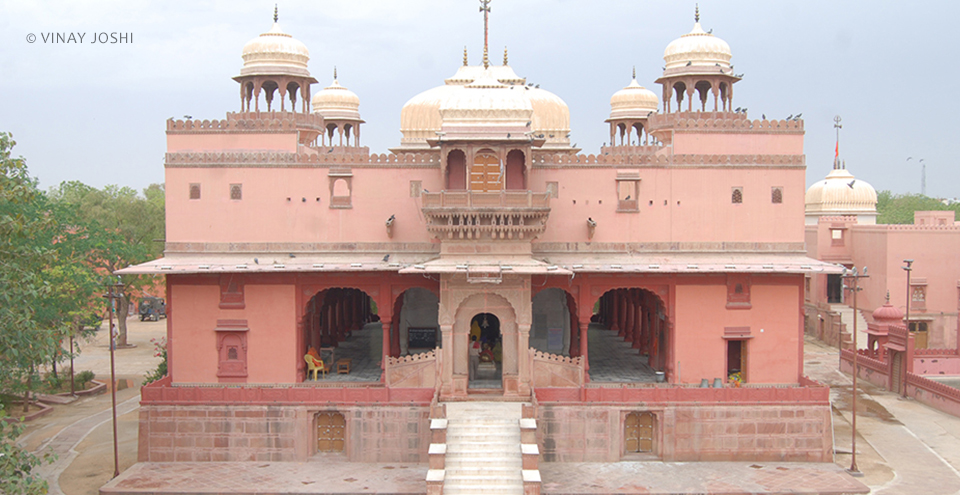
Shiv Bari Temple: A Sacred Gem in Bikaner
In the vibrant city of Bikaner, Rajasthan, lies the Shiv Bari Temple, a revered site that blends spiritual significance with architectural splendor. This ancient temple, dedicated to Lord Shiva, stands as a testament to the region’s rich religious heritage and artistic achievements. Whether you’re a devotee, a history buff, or a traveler exploring the cultural tapestry of Rajasthan, Shiv Bari Temple offers a compelling experience.
Historical Context
Shiv Bari Temple, also known as “Shivbari Mandir,” was constructed during the reign of Maharaja Doongar Singh in the late 19th century. Maharaja Doongar Singh, a prominent ruler of Bikaner, commissioned the temple to honor Lord Shiva, one of the principal deities in Hinduism. The temple’s establishment reflects the Maharaja’s devotion and the importance of religious practices in the region’s cultural and political life.
Architectural Elegance
The Shiv Bari Temple is celebrated for its distinctive architectural style and intricate design. Here are some of its key features:
Intricate Carvings: The temple is renowned for its elaborate carvings and decorative elements. The outer walls are adorned with detailed stonework that showcases the skill of the artisans from that era. These carvings include motifs of deities, geometric patterns, and floral designs.
Magnificent Entrance: The entrance to the temple is marked by a grand gateway, often referred to as a “Torana.” This gateway is adorned with elaborate carvings and serves as a fitting introduction to the temple’s sacred space.
Spacious Courtyard: Inside the temple, a spacious courtyard provides a serene environment for worship and reflection. The courtyard is surrounded by pillared halls, which offer a sense of openness and tranquility.
Sacred Sanctum: The inner sanctum, or “Garbhagriha,” houses the main deity, Lord Shiva, in the form of a Shivlinga (a symbolic representation of the god). The sanctum is the focal point of worship and is adorned with offerings and sacred symbols.
Religious and Cultural Significance
Shiv Bari Temple holds immense religious significance for Hindus, particularly devotees of Lord Shiva. The temple is a center for various religious activities, including daily prayers, special rituals, and festivals dedicated to Lord Shiva, such as Maha Shivaratri. During these festivals, the temple comes alive with devotional fervor, attracting numerous devotees and visitors.
The temple also plays a role in the cultural life of Bikaner. It is a place where local traditions and practices are preserved and celebrated. The temple’s festivals and events are integral to the community’s spiritual and cultural calendar.
Visiting Shiv Bari Temple
If you’re planning a visit to Shiv Bari Temple, here are some tips to enhance your experience:
Respectful Attire: Dress modestly when visiting the temple. It is customary to cover your head and remove your shoes before entering the sacred areas.
Timing: The temple is generally open to visitors throughout the day. It’s best to visit during the morning or evening to experience the temple’s atmosphere and participate in prayer sessions.
Local Customs: Engage with the local priests or devotees to learn more about the temple’s rituals and history. They can provide valuable insights and enhance your understanding of the temple’s significance.
Shiv Bari Temple in Bikaner is more than just a religious site; it is a living piece of Rajasthan’s architectural and cultural heritage. Its intricate design, historical background, and spiritual ambiance make it a significant destination for those interested in exploring the rich tapestry of Indian traditions.
Whether you are drawn by its architectural beauty, its religious significance, or the opportunity to experience local culture, a visit to Shiv Bari Temple offers a rewarding and enriching experience. So, make your way to Bikaner and immerse yourself in the timeless grace of Shiv Bari Temple, where history and spirituality converge in a sacred embrace.
